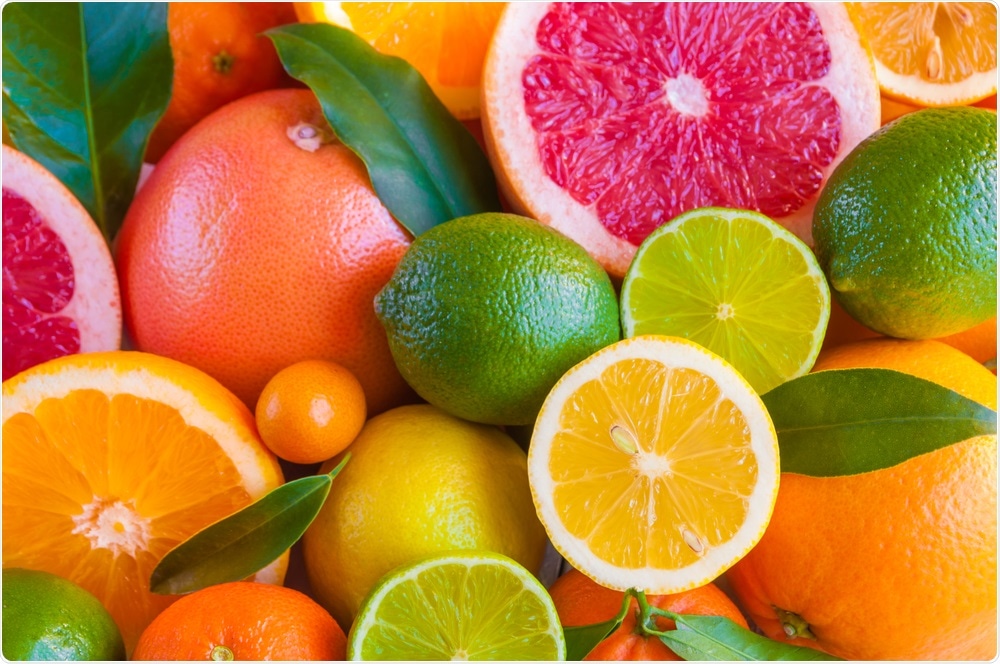Citrus is a significant and economically beneficial horticultural crop with nucellar polyembryony, which prevents hybrid offspring from being produced. Citrus is produced mostly through asexual methods like grafting and cuttings.

Image Credit: Maria_Usp/Shutterstock.com
Multiple crosses between mandarin (Citrus reticulata) and pummelo (Citrus grandis) resulted in a genome with significant heterozygosity, making sweet orange (Citrus sinensis), one of the most famous citrus cultivars globally. Somatic mutations have a big role in citrus genetic transformation and breeding.
As a result, investigating somaclonal variation patterns in citrus offers a lot of promise in developing effective cultivars. Although callus induction has been used for clonal propagation earlier, this experimental approach has not been extensively used to reveal dynamic somaclonal variation during cell dedifferentiation and subsequent developmental reprogramming.
Scientists from Huazhong Agricultural University have investigated the genomes, methylomes, and transcriptomes of freshly induced calli and sweet orange calli that had been kept in vitro for 30 years. These multi-omics research provide a thorough picture of genomic and epigenomic processes during dedifferentiation and culturing in vitro.
Multiple patterns of subgenome dominance were discovered between in vitro and in vivo polyploids, as well as the consequences of somaclonal difference on somatic embryogenesis during in vitro culture.
We propose that changes in TE (transposable element) activity, dynamic DNA methylation, and the reprogramming of gene expression may ultimately affect the ability of somatic embryogenesis during in vitro culture. Our study may guide researchers to select the appropriate duration of in vitro culture to avoid or gain additional variation as a function of the desired goals.”
Dr Qiang Xu, Professor, Huazhong Agricultural University
These findings lay the groundwork for harnessing in vitro diversity and provide better clarity on the variation that was introduced by tissue culture in germplasm conservation, gene editing, somatic embryogenesis, and breeding programs.
Source:
Journal reference:
Wang, X., et al. (2022) Variation burst during dedifferentiation and increased CHH-type DNA methylation after 30 years of in vitro culture of sweet orange. Horticulture Research. doi.org/10.1093/hr/uhab036.